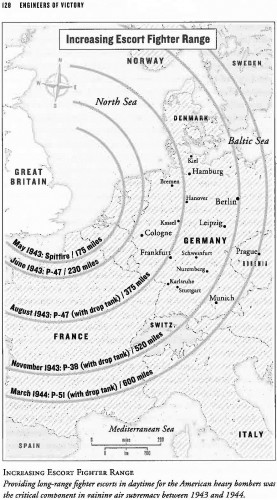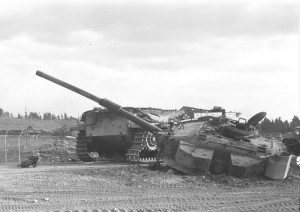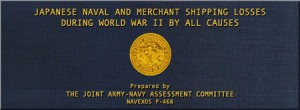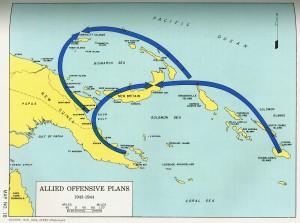One of the things that pops up again and again in researching World War 2 (WW2) is how certain “narratives” get established in the historical record. Narratives that often are no where near the ground truth found in primary source documents of the time, but serves the bureaucratic “powers that be” in post-war budget battles. These narrative are repeated over and over again by historians without validating these narrative against either that theater’s original wartime documents or those of other military theaters. That is why I said the following:
“Reality lives in the details. You have to know enough of the details to know what is vital and to be able to use good judgement as to which histories are worthwhile and which are regurgitated pap.
Today’s column will take that “Reality lives in the details” methodology, modify it slightly, as I did in my 12 July 2013 column “History Friday — MacArthur’s Fighter Drop Tanks,” and use it for “Deconstructing the P-51 Mustang Historical Narrative” that emerged from the American strategic bombing campaign in World War 2.
The narrative of the P-51 is how it won the air war over Europe through the accidental combination of private venture American airframe technology and the Merlin engine of the British Spitfire, which was championed by a Anglo-American guerrilla clique of fighter pilots, government bureaucrats and politicians over the anti-British, not invented here, USAAF procurement bureaucracy. Figure one below is the official historical narrative for the P-51 Mustang in a range/performance map.
(NOTE: Left clicking on each figure three times will cause the original image of each figure to appear on your monitor.)

This P-51 versus other fighter range/performance graph comes from page 128 of a chapter titled “How to Win Command The Air” in Paul Kennedy’s recent book “Engineers of Victory.” It from the official victory narrative of the US Army Air Force Heavy Bomber Clique, the so-called “Bomber Mafia.” which was the leadership faction of bomber pilots that controlled the USAAF, lead the fight over Europe and the founded the US Air Force as a separate military service.
You see versions of that chart through out post war institutional histories like Wesley Frank Craven and James Lea Cate’s, six volume “The Army Air Force in World War II,” and more recent works like the 1992 Richard G. Davis biography, “Carl A. Spaatz and the Air War in Europe” (See figure 2 below the fold).
It also happens that, when you drill down to the wartime source documents, the “P-51 narrative” that map represents is a very good example of selectively telling the truth to create a complete fabrication. A fabrication meant to hide those same bomber pilot generals from political accountability for their leadership failures. Roughly 2/3 of all battle deaths the USAAF suffered in WW2 were in Europe during the strategic bombing campaign. It was a statistically true statement to say a U.S. Army combat infantryman in North Africa, Sicily and Italy, from late 1942-to-winter 1944 had a greater chance of surviving combat than a B-17 crewman of the 8th Air Force.
Most of those deaths were demonstrably unnecessary.
The Battle of Britain in 1940 made clear that killing enemy fighter pilots faster than well trained replacements can arrive is how one achieves air superiority. The key innovation that created air superiority over Europe wasn’t the technical and organization triumph that Kennedy describes with the introduction of the P-51 into combat. It was a _doctrinal change_ that allowed the use of existing fighters with droppable auxiliary fuel tanks. Fighters with drop tanks were used in three shifts to cover the bomber formations during a. Penetration of enemy air space, b. At the target area and c. During withdrawal, too which the long range P-51 was added. The three shift fighter escort doctrine allowed USAAF fighters to drop fuel tanks and dog fight for 30 minutes with full engine power with German fighters, while still protecting the bombers. Enemy fighters that attacked American fighters were not attacking US bombers, and enemy pilots dying in such fights did not come back to kill anything.
Recognition of the need for this doctrinal change was only possible after the Bomber Mafia’s Air Corps Tactical School (ACTS) approved self-escorting heavy bomber doctrine failed the test of combat during the 14 Oct 1943 SchweinfurtRegensburg mission over Southern Germany.


